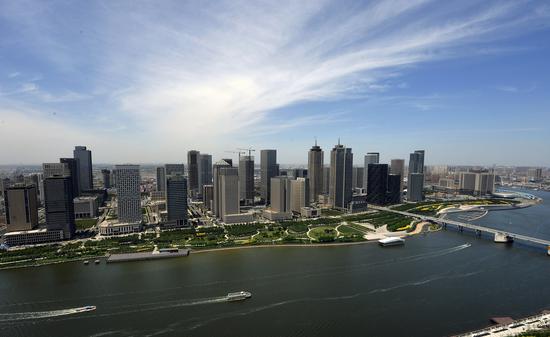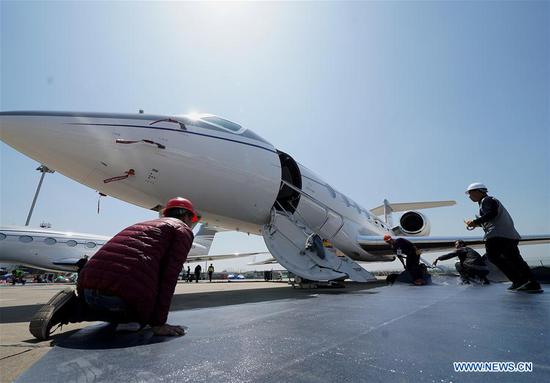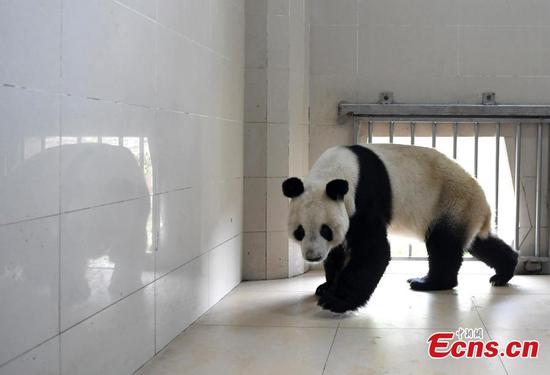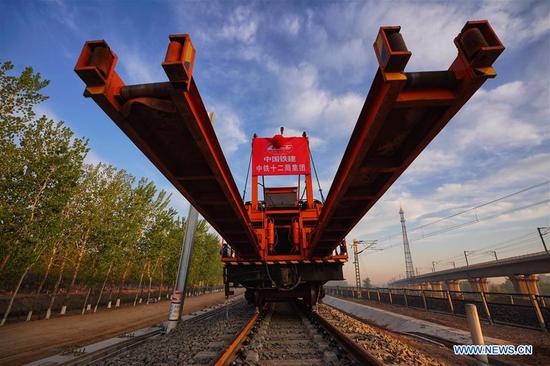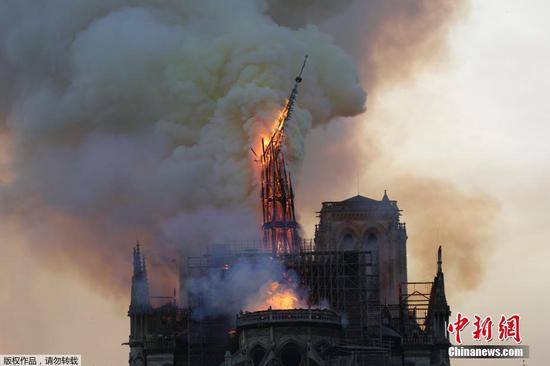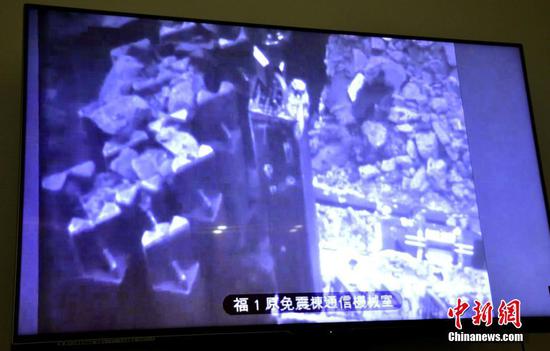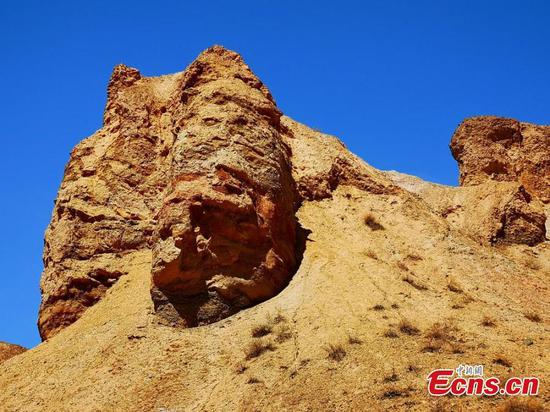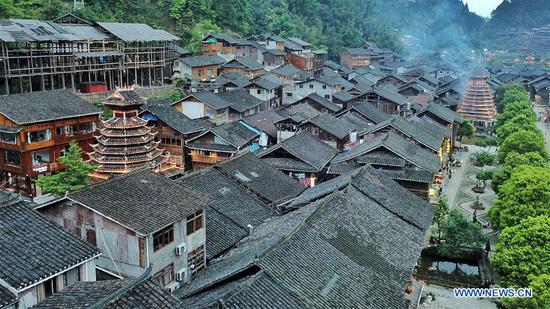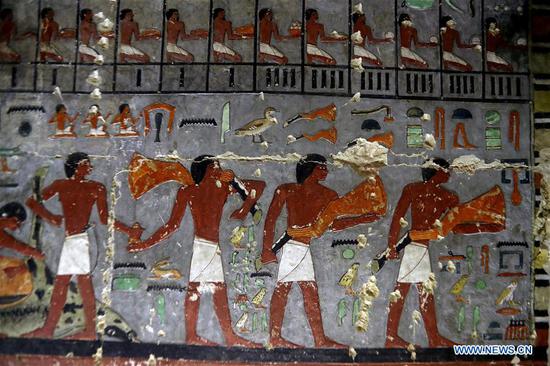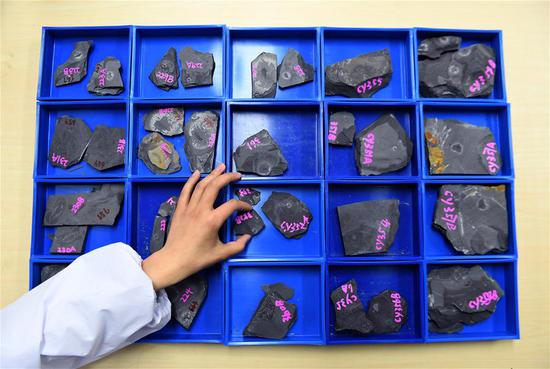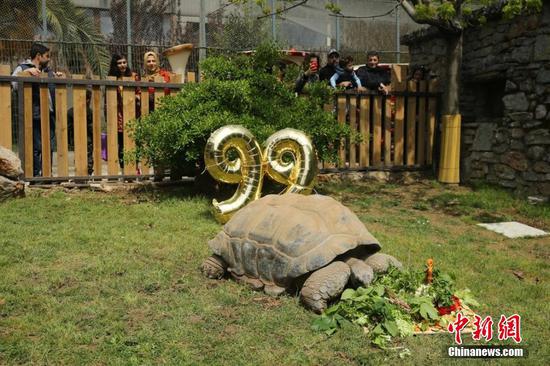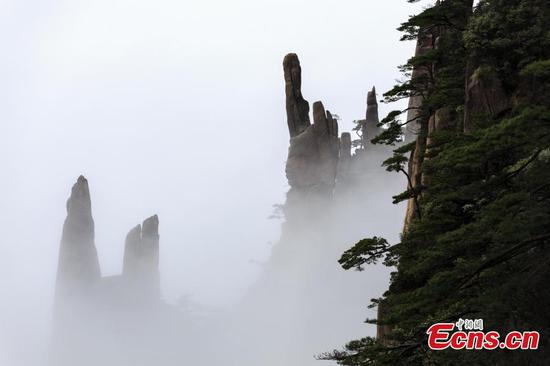
Photo taken on February 15, 2019, shows a snow scenery at the Badaling Great Wall in Beijing, capital of China. (Photo/Xinhua)
Beijing municipal authorities have released a 17-year plan to develop and protect sections of the Great Wall that come under the city's jurisdiction, focusing on areas which have suffered long-term damage, including from inappropriate renovations, theft and badly behaved visitors.
The plan, which was released on Tuesday at a press conference held by the National Cultural Heritage Administration, for the first time defined a Great Wall cultural belt in Beijing that covers 4,929 square kilometers.
The belt encompasses 2,873 ecological and cultural relic sites, which include ancient gates, forts and townships along the wall.
Heritage experts hailed the plan as it will help preserve culture, protect the environment and develop tourism more reasonably.
As the Great Wall has been continuously degraded by nature and humans, local authorities have taken measures to protect and repair it, Tian Lin, a professor of ancient architecture at the Beijing University of Civil Engineering and Architecture, told the Global Times on Tuesday.
The Beijing plan could be a pilot for other regions which have sections of the Great Wall, as it is aimed at promoting the wall's cultural value and proper use as a tourism resource, Tian noted.
The Great Wall of China, a UNESCO world heritage site, has suffered severe damage over the years.
As the world's biggest defensive project, it was first started more than 2,000 years ago, but what is left today was mostly built during the Ming Dynasty (1368-1644).
However, not all of the Great Wall is preserved like the Badaling section in northern Beijing, the most popular part to visit.
According to a 2012 report by the State Administration of Cultural Heritage, of the 6,259 kilometers of the Ming Dynasty Wall, less than 10 percent is well preserved, while 31 percent of the Wall, or 1,961 kilometers, has disappeared.
The remaining several thousand kilometers of the Wall is dilapidated because of wind and rain, as well as human activities.













